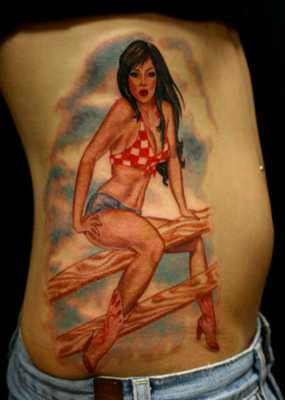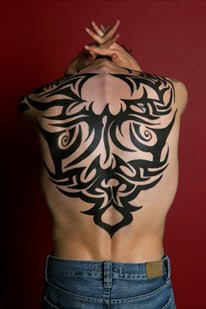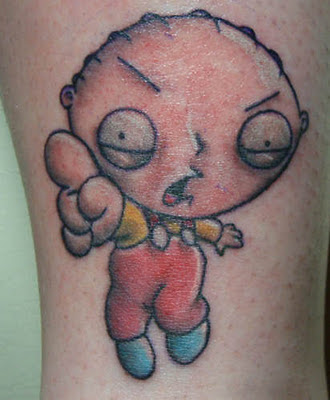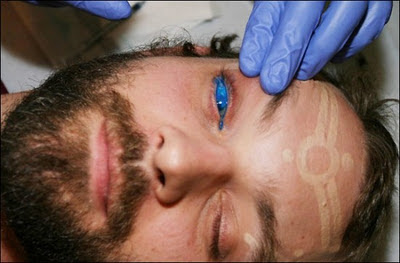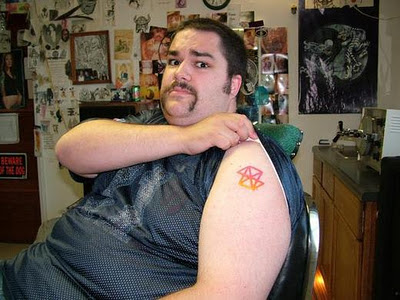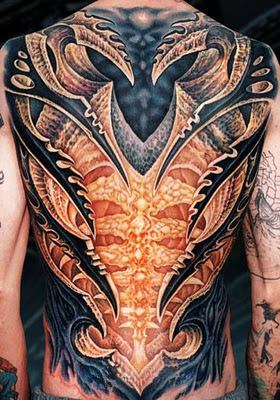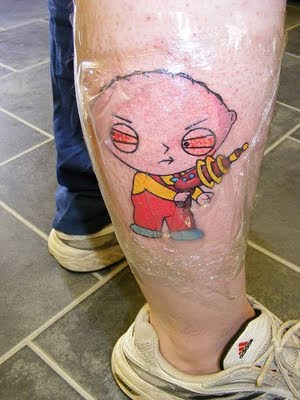Everyone knows the photographs of Edward S. Curtis--they are the "iconic" Indian pictures you see in coffee table books, on postcards, even on wall hangings at Ikea. They're the images people most often associate with Natives: Indians on horses, Indians in headdresses, Indians riding off into the sunset never to be seen again...
At the time he was working, Curtis was convinced that the Native population was about to disappear forever, so he took it upon himself to photograph as much of this "vanishing race" as he could. He amassed an amazing body of work, but he definitely had an idea of what he thought "real" Indians looked like.
Edward Curtis is a bit of a running joke in my family, since both my sister and I focused our senior theses on his photographs. I argued that his images created a false authenticity from which contemporary Indian artists struggle to break free. It came to light later that he was a fan of doctoring images (erasing signs of "modernity"), providing costumes for his subjects, and trying to make Native peoples fit his notion of Indianess. My sister talked about those issues too, but also looked at how contemporary Natives are using the images as a way to have a tangible connection to family and ancestors, and how Native artists are beginning to reclaim the images and use them as a starting point to re-imagine Native photography.
The common theme throughout Edward Curtis's portraits is stocism. None of his subjects smile. Ever. Check out this gallery or this gallery if you don't believe me. To anyone who has spent anytime with Indians, you know that the "stoic Indian" stereotype couldn't be further from the truth. Natives joke, tease, and laugh more than anyone I know--I often leave Native events with my sides hurting from laughing so much.
So in response to the sad-stoic-angry Indian images of Edward Curtis, we've got this awesome video by Sterlin Harjo (the man behind Four Sheets to the Wind and Barking Water) and Ryan RedCorn (the man behind Demockratees and Buffalo Nickel Creative). Simple but powerful, and showcases the diversity of Indian Country too!
I always love Native art/film/poetry/writing/anything that subverts popular narratives about Indians and calls into question all the stereotypes and preconceived notions the public holds about Native peoples, so this is right up my alley. It's also adorable. And sports cameos by a few of my friends.
The video was produced by the 1491's, and I highly recommend checking out their youtube channel for some awesome ndn humor. If you haven't seen the Wolfpack audition video, you haven't lived.
(Thanks Sterlin and Ryan!)














